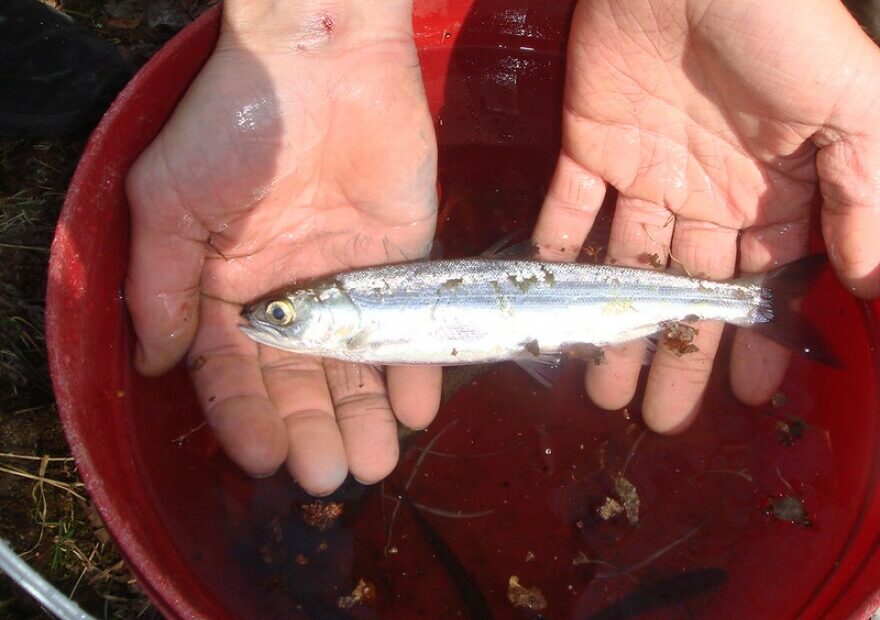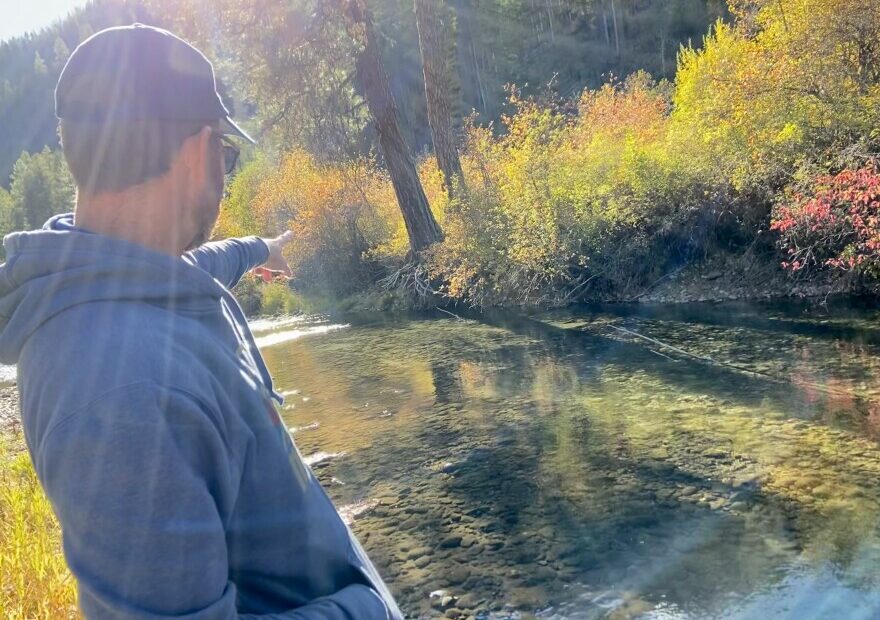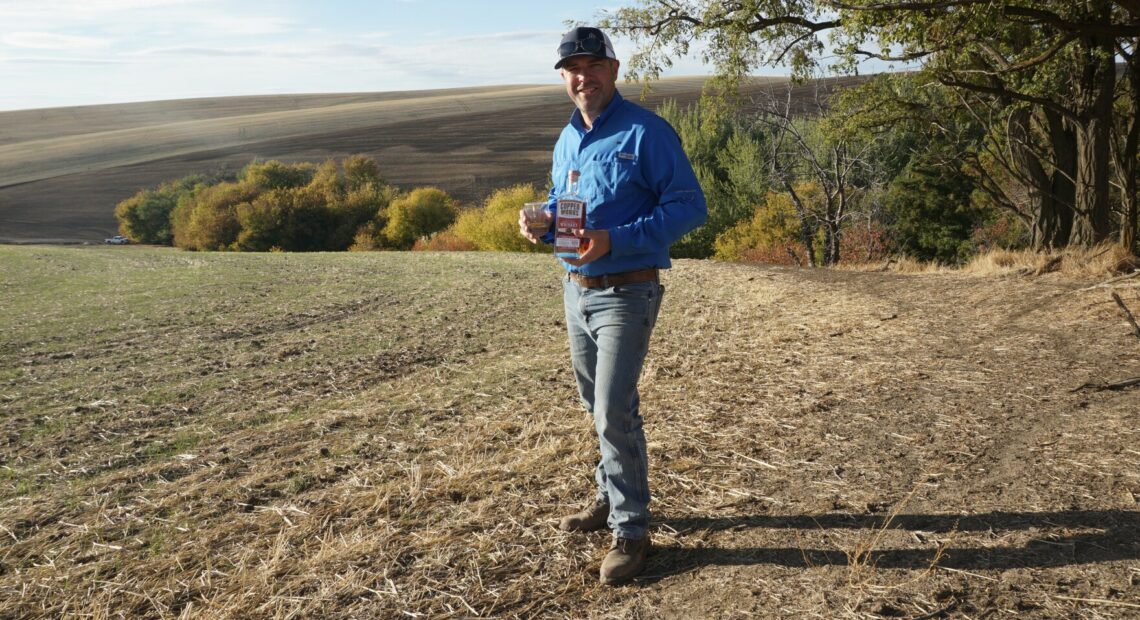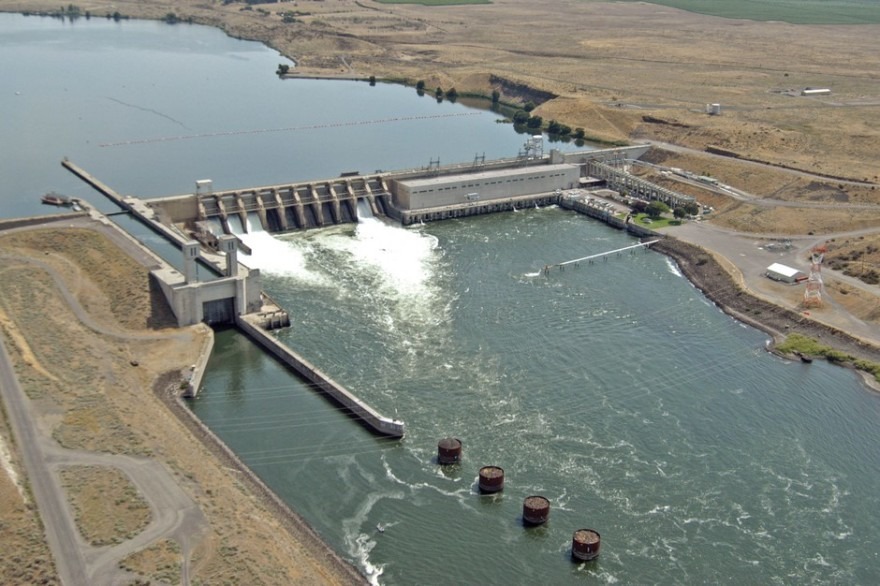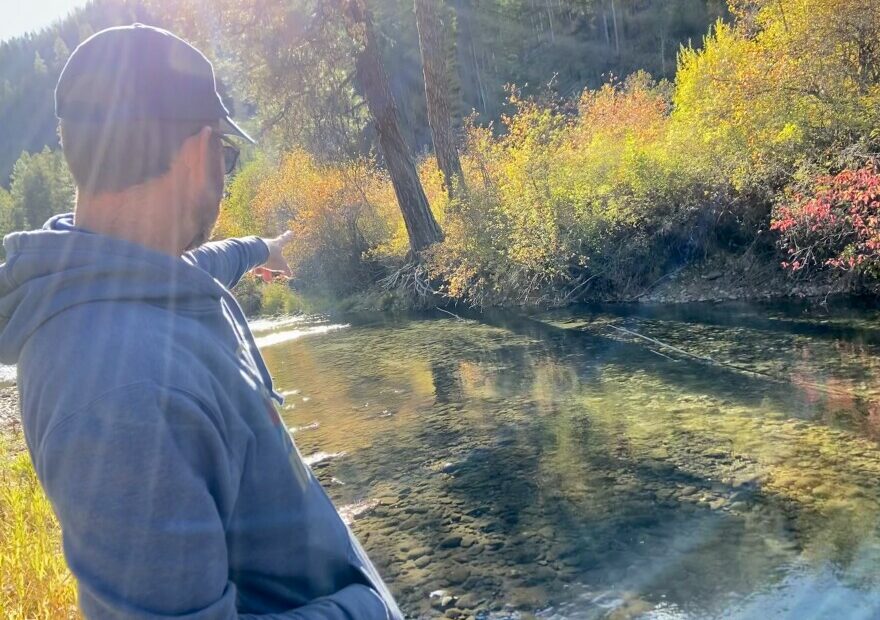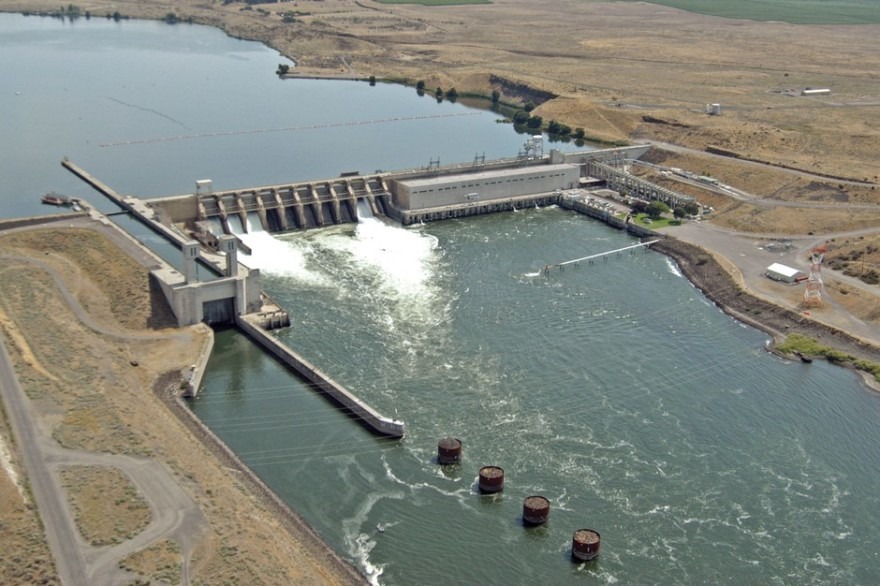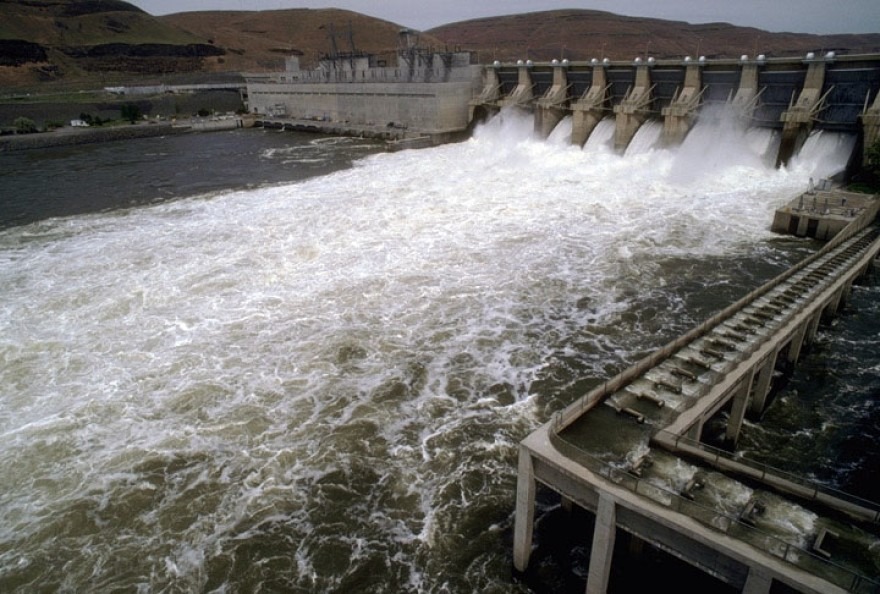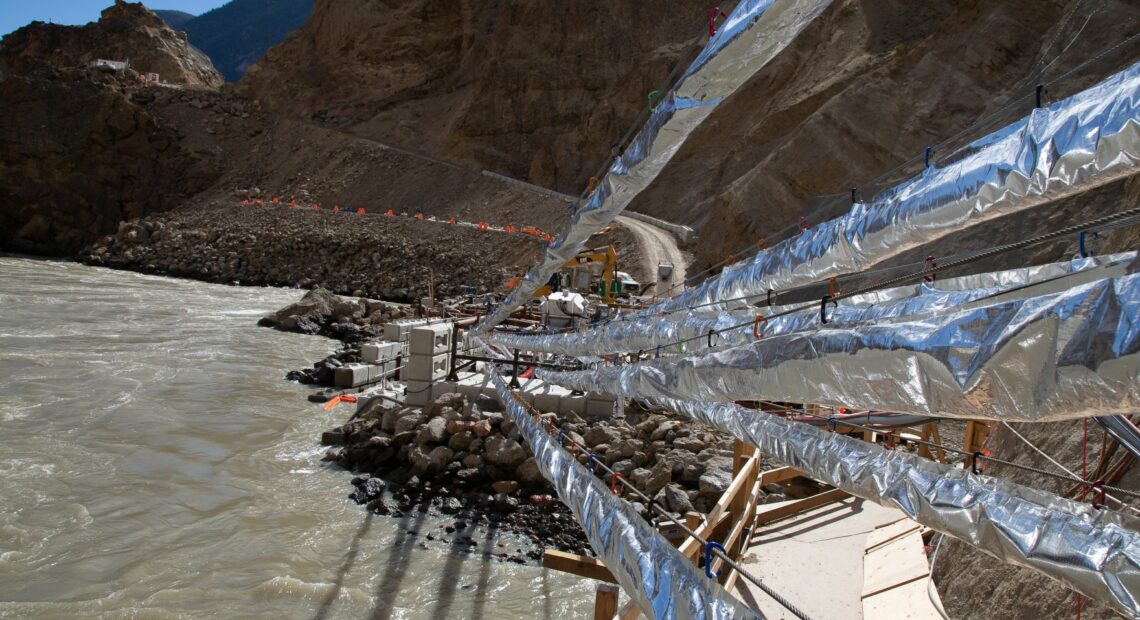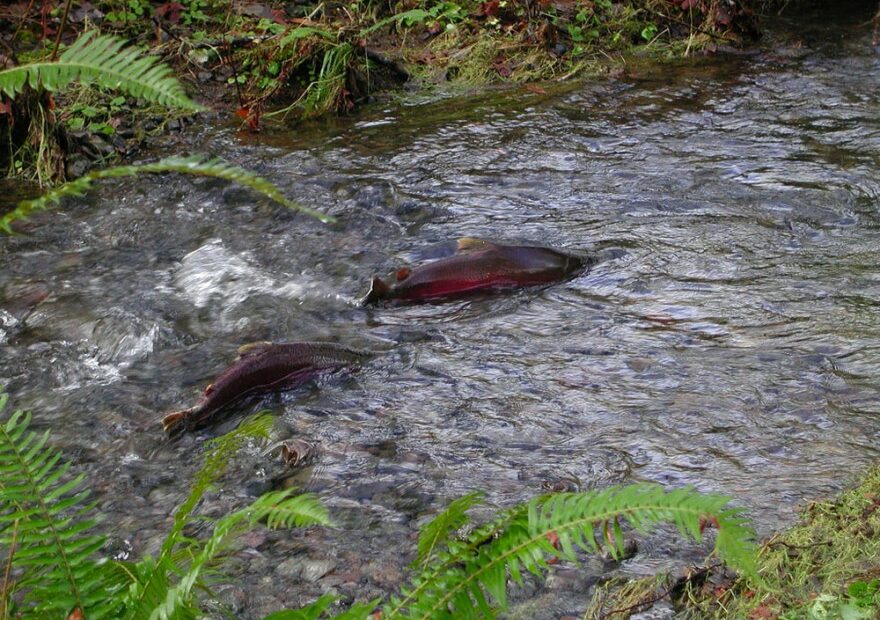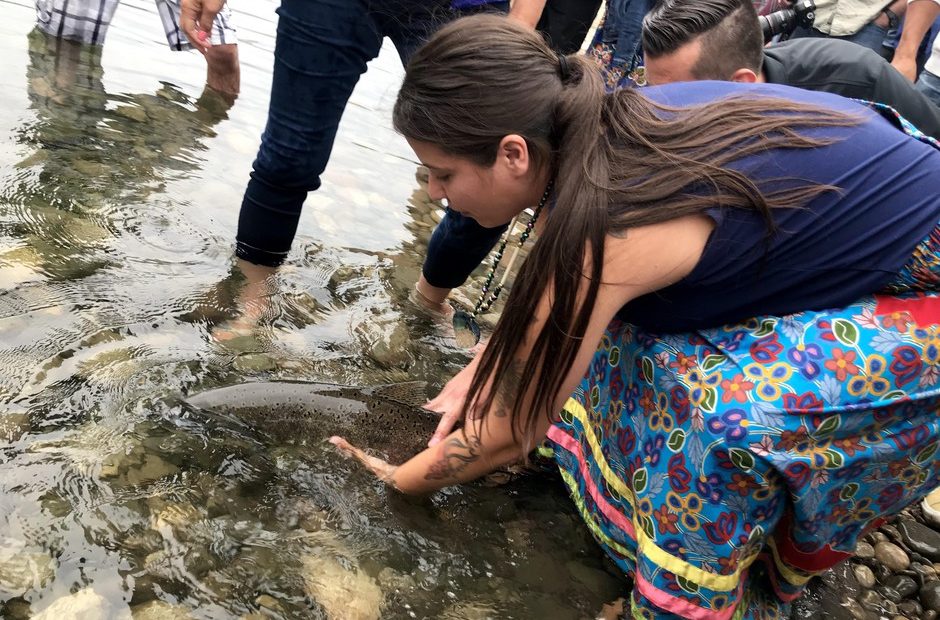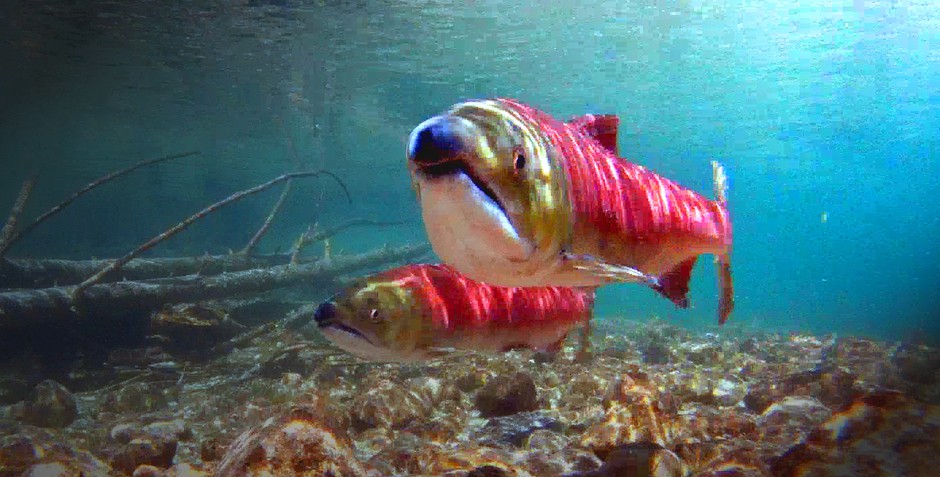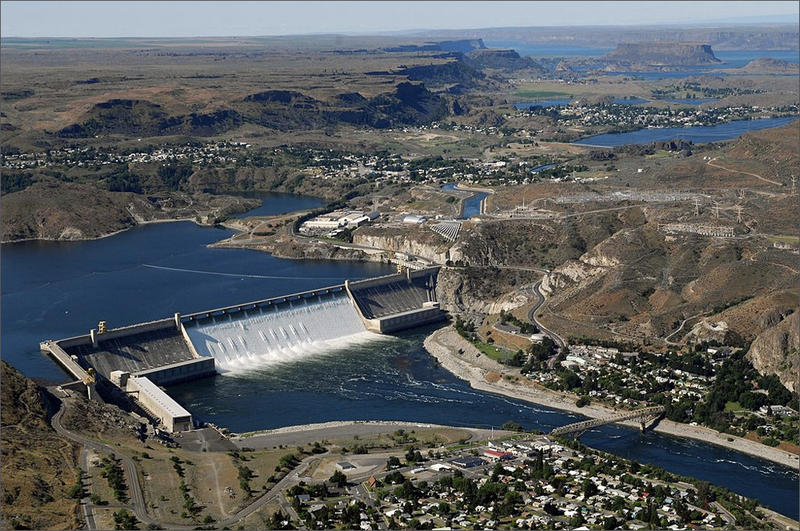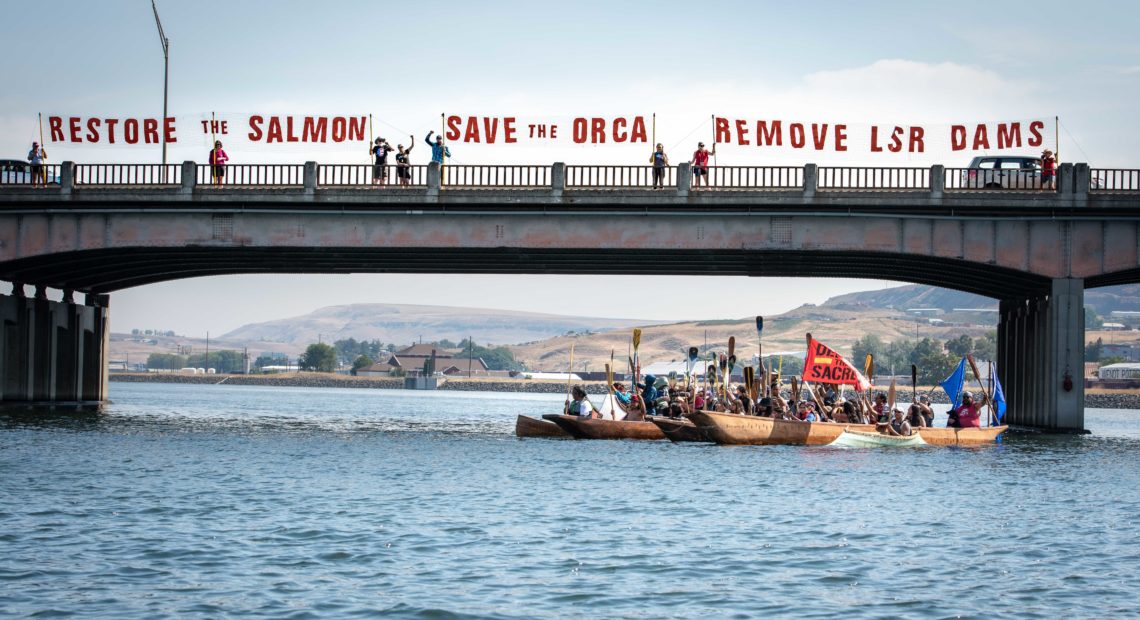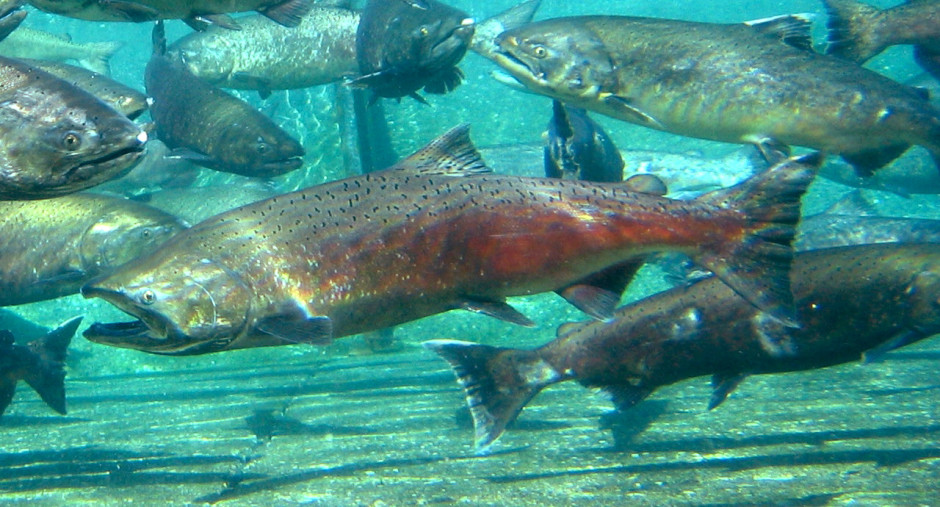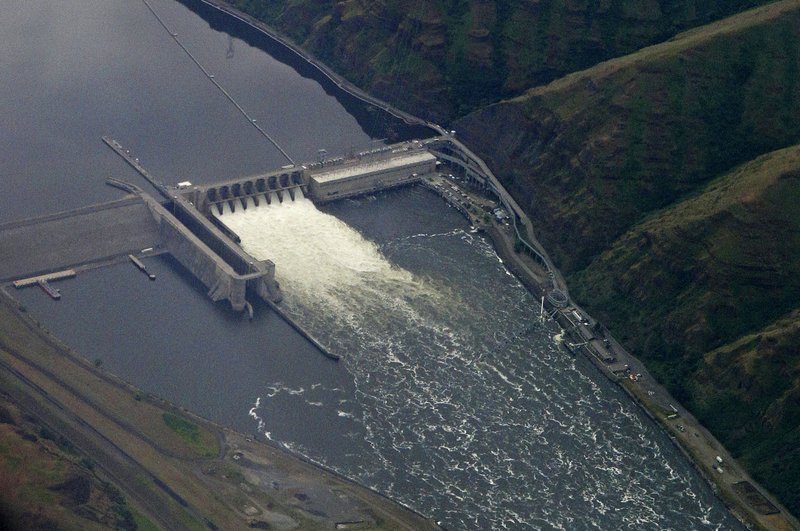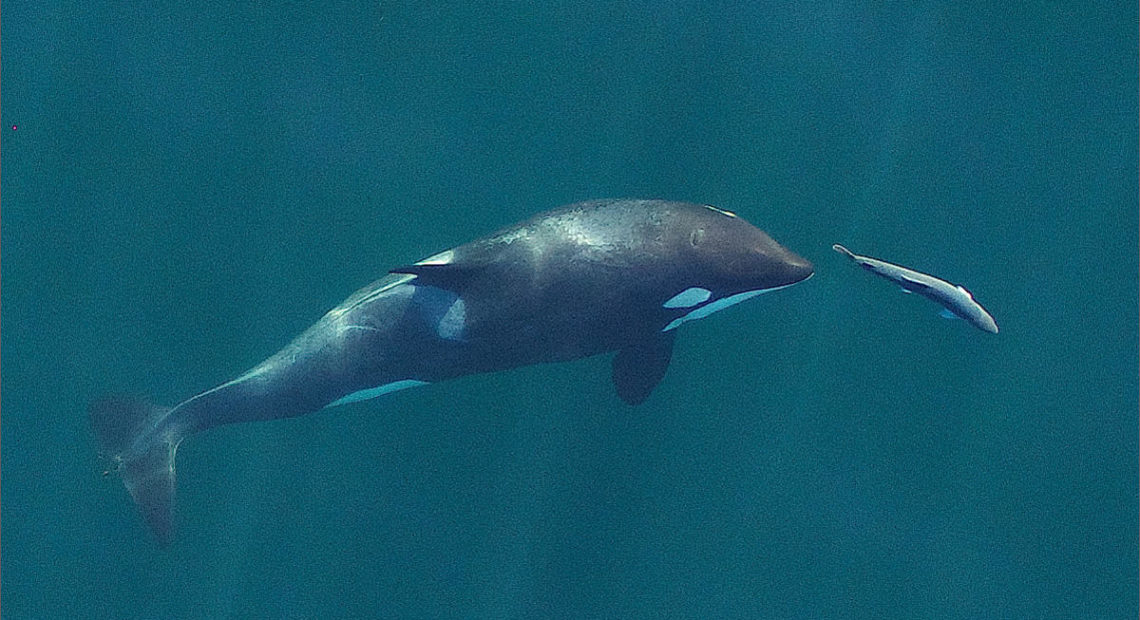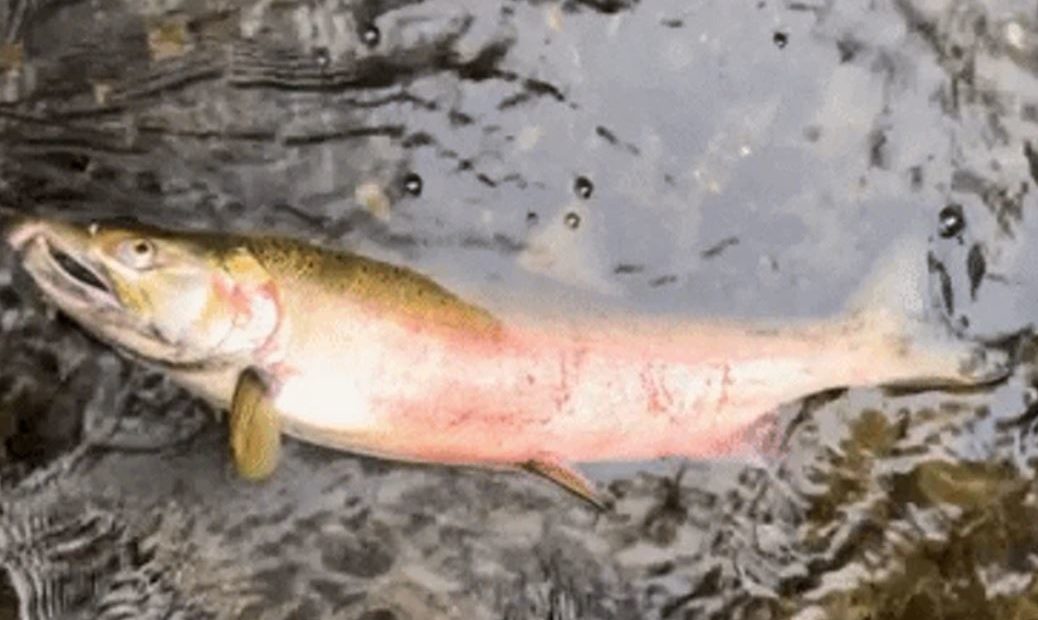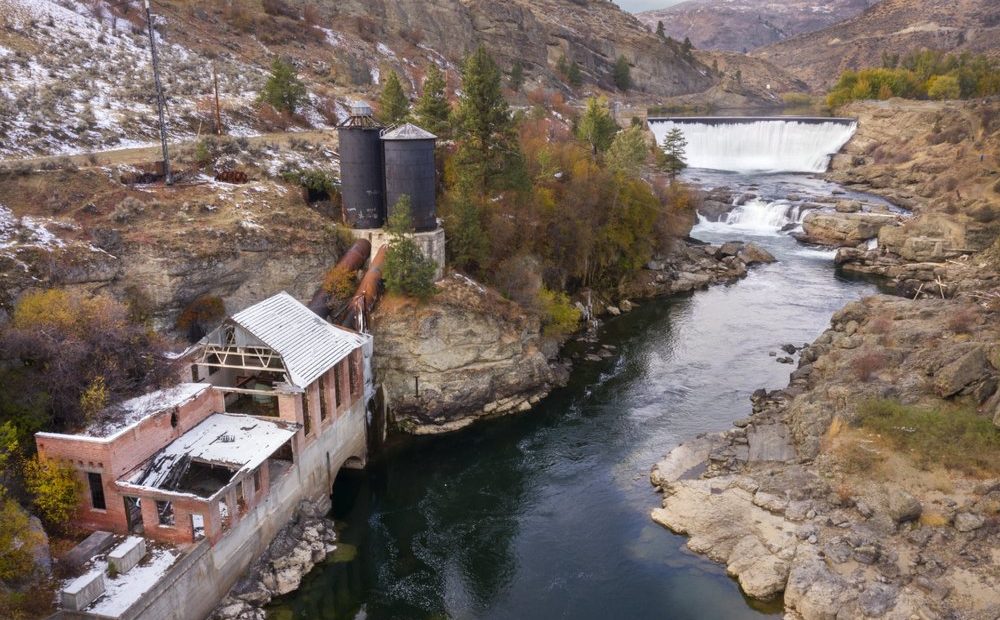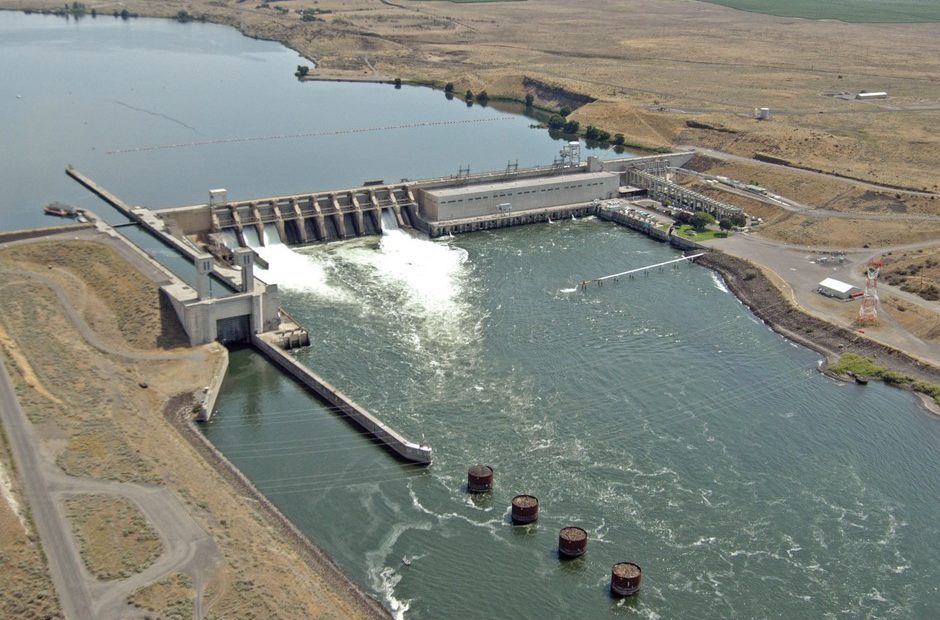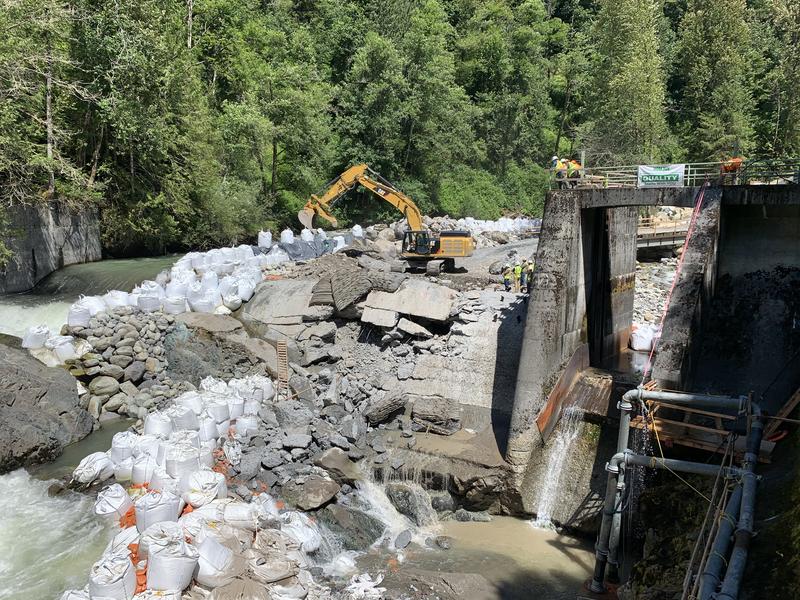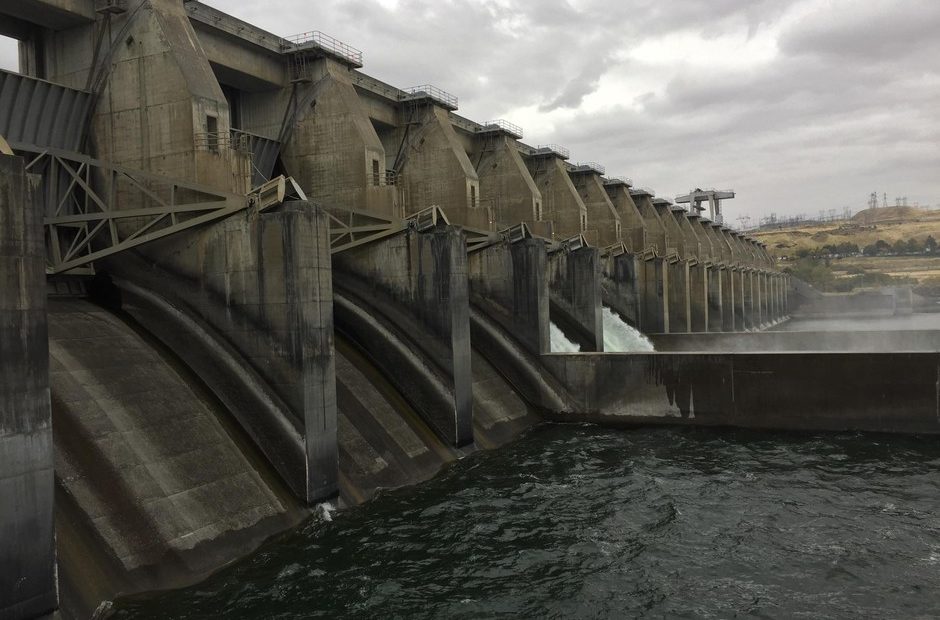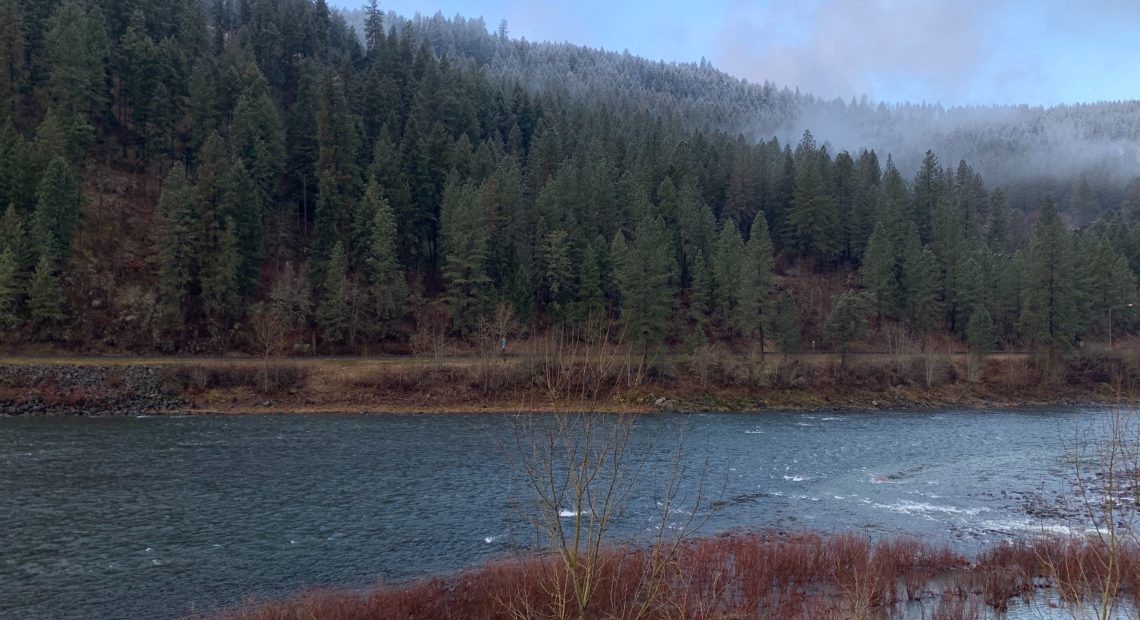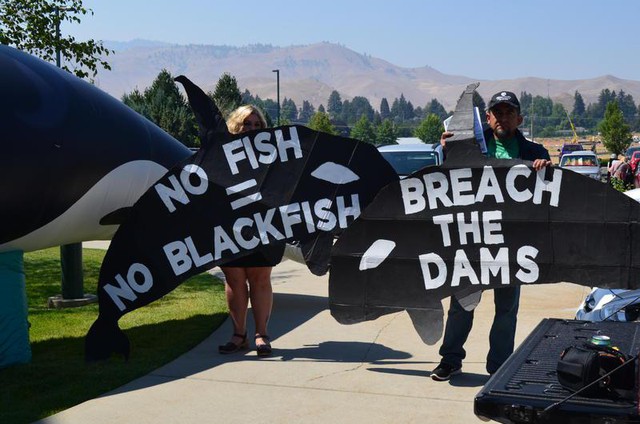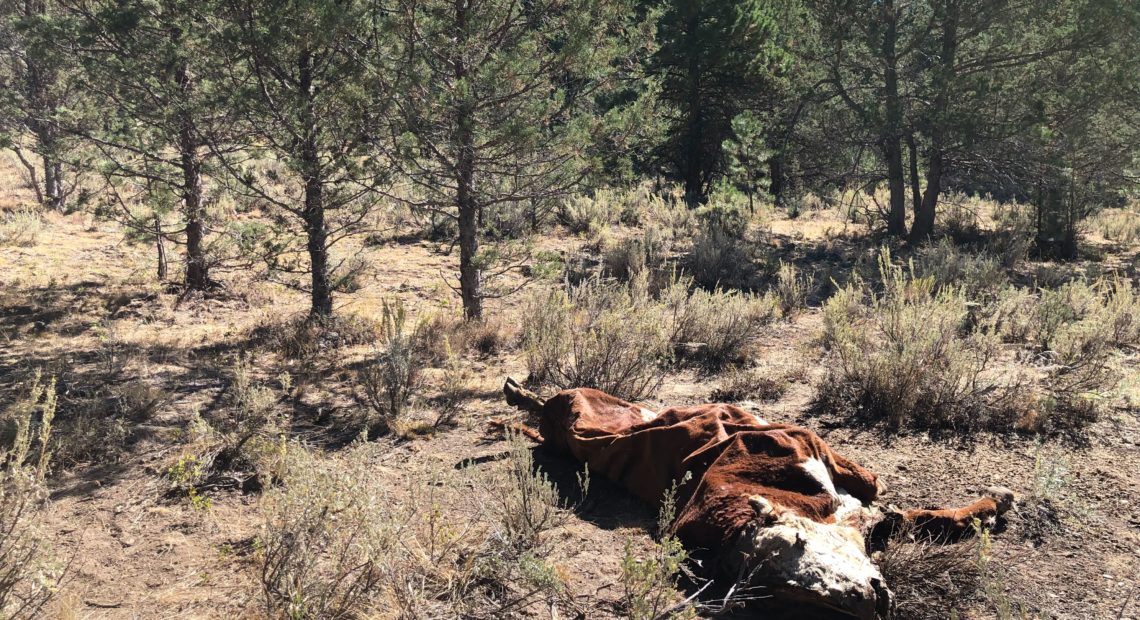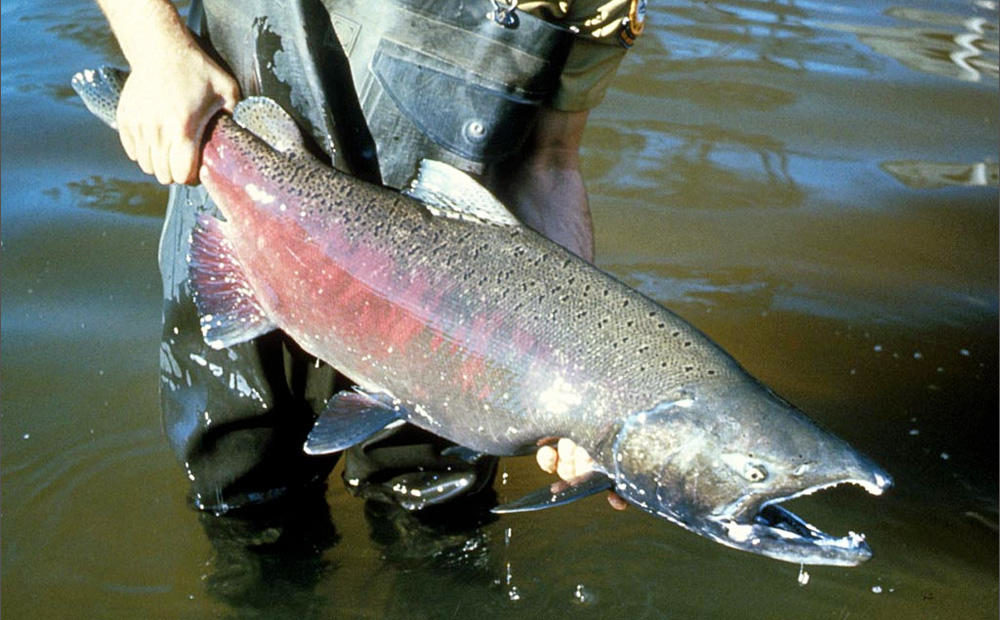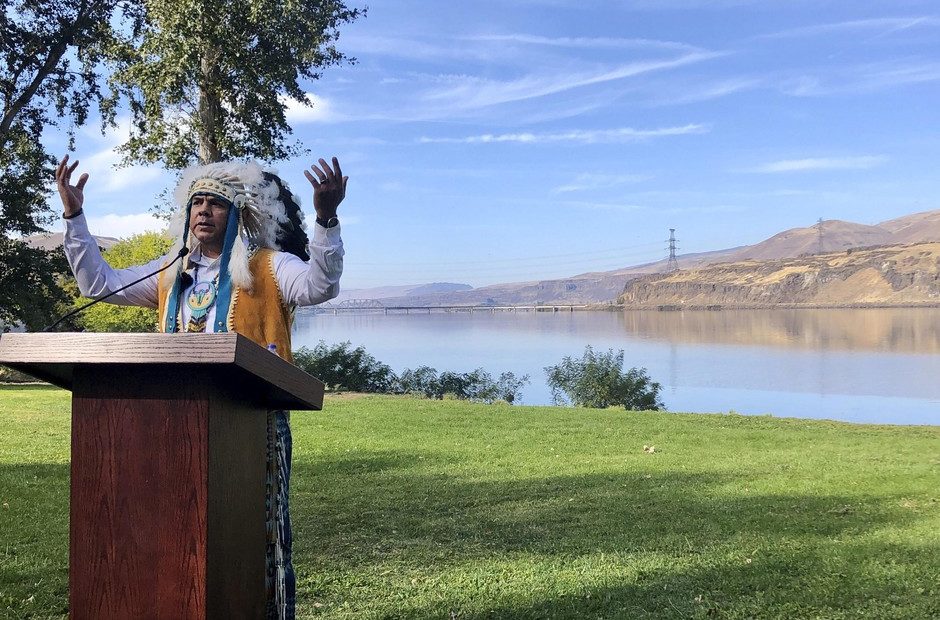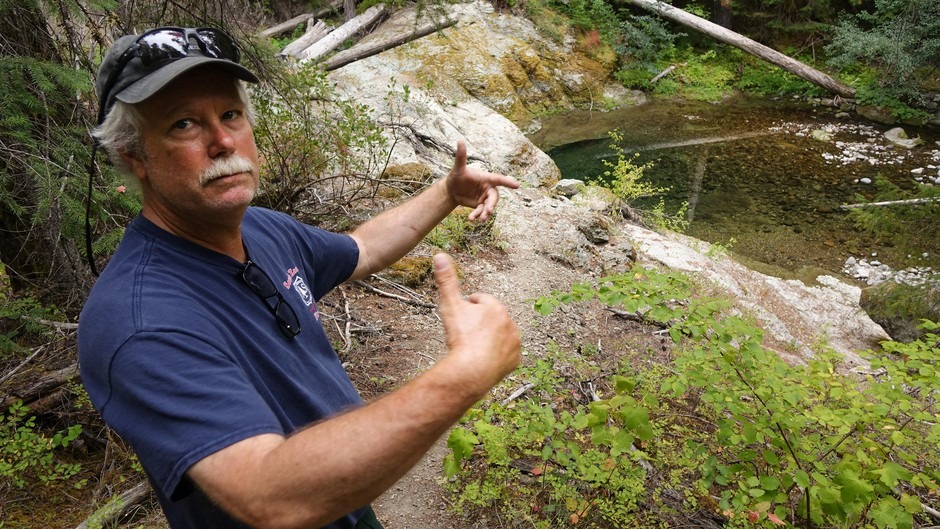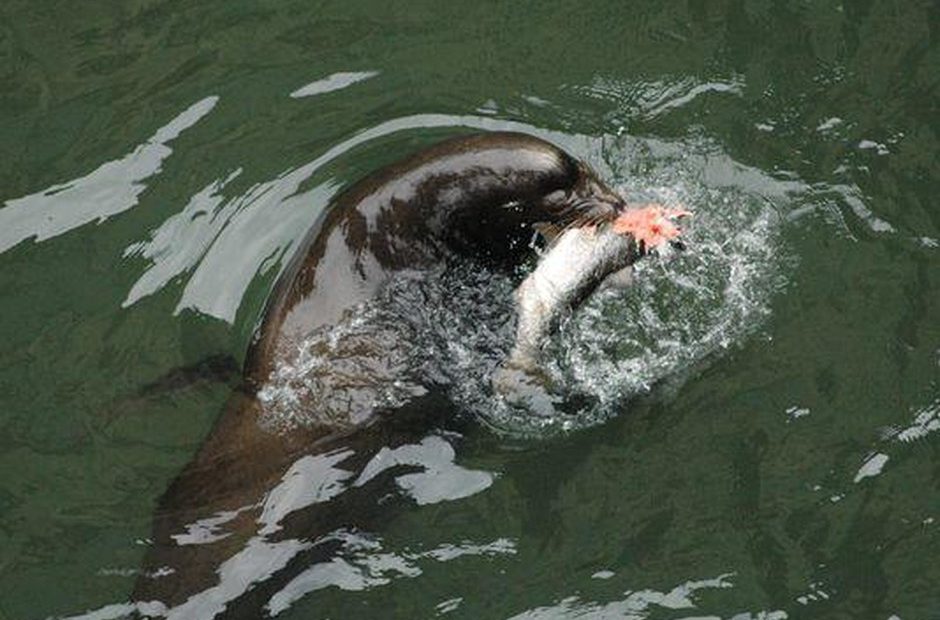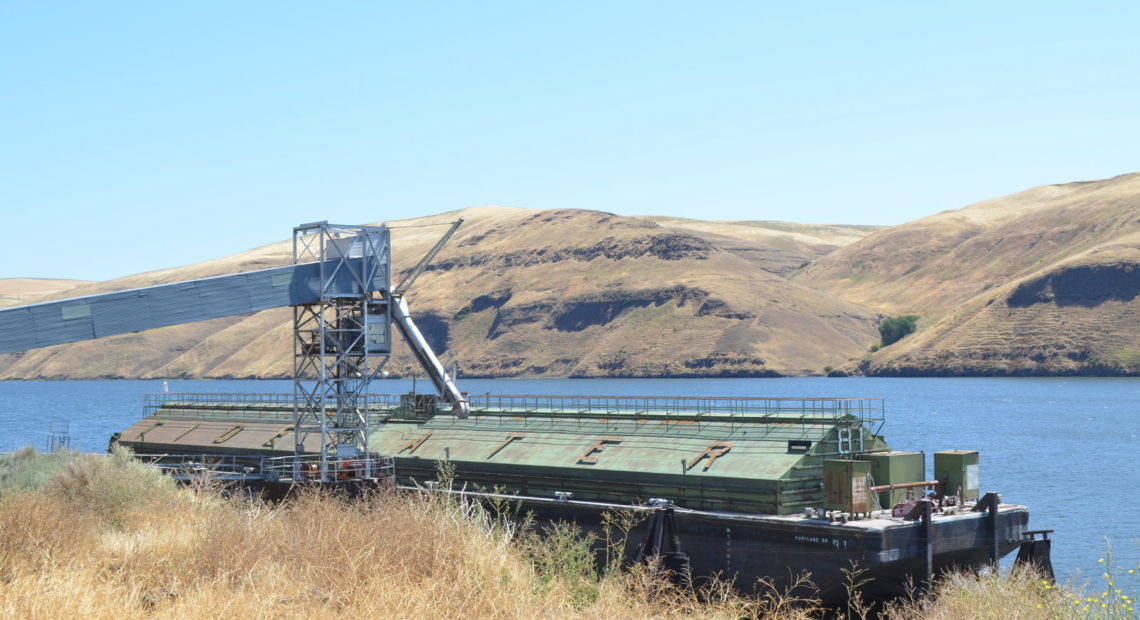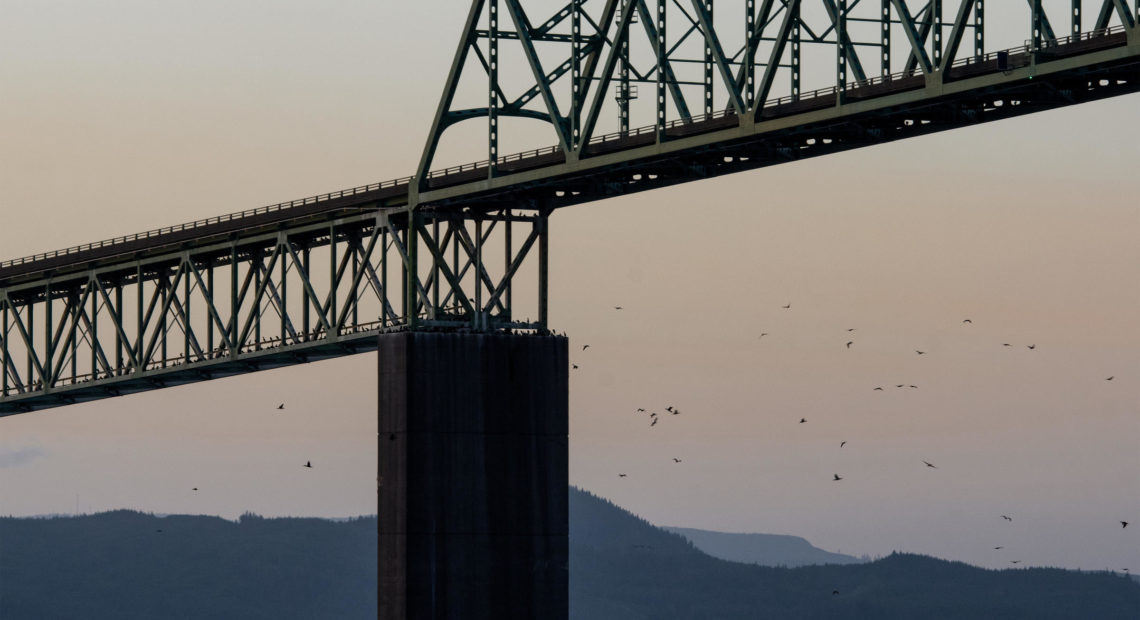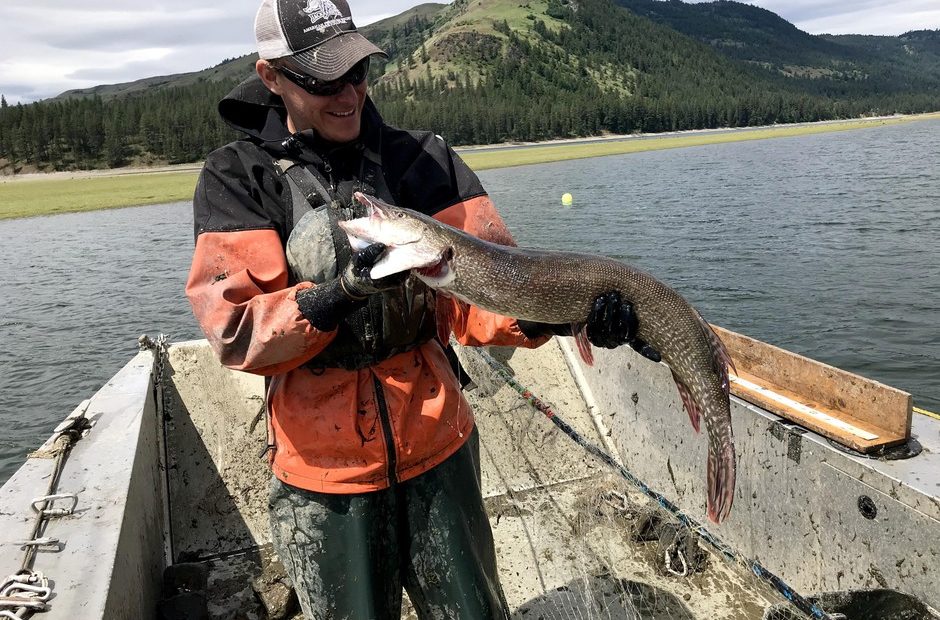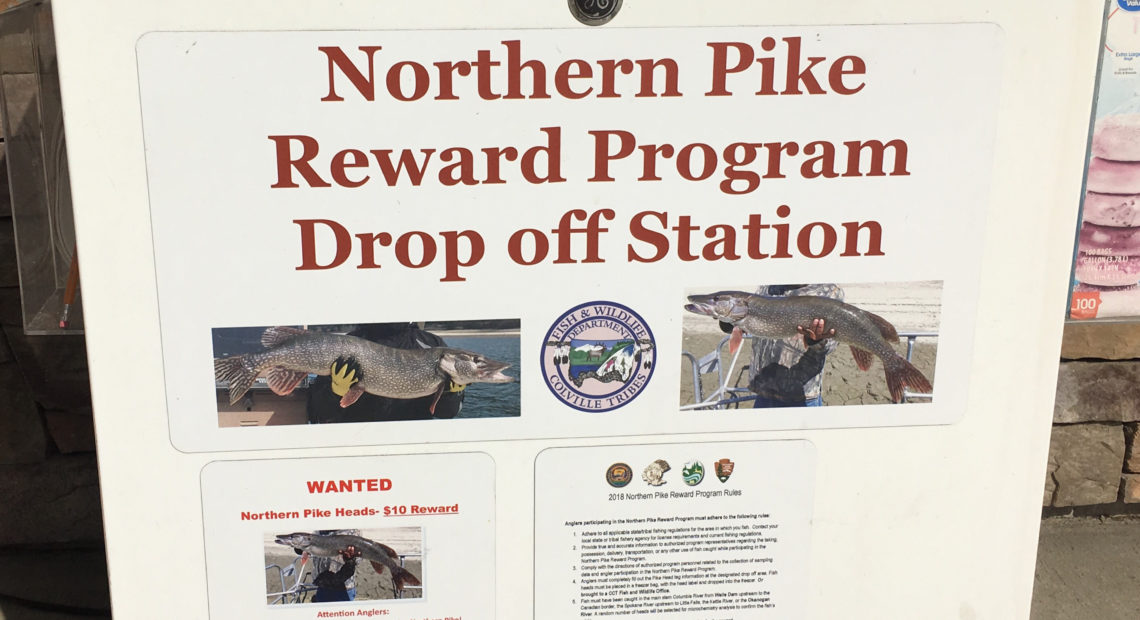Soon, it could be easier to track young sockeye salmon around dams.Read More
Upper Columbia tribes want help to continue reintroducing salmon above Grand Coulee Dam.Read More
Whiskey isn’t just for drinking anymore. A new craft whiskey is turning the old saying: “Whiskey is for drinking. Water is for fighting,” on its head. This whiskey is fighting to save salmon.Read More
Nez Perce Tribe install Tesla Megapack for soloar power at wastewater facility. Read More
Washington Sen. Patty Murray and Gov. Jay Inslee said they'll listen to diverse viewpoints with open minds to recover salmon and potentially breach the four Lower Snake River dams.Read More
A longstanding court battle over the federal government’s plan to manage dams on the Snake and Columbia rivers could be on hold until next summer.Read More
Salmon are now spawning in waters blocked by Grand Coulee Dam. It's the start of a larger effort to reintroduce salmon into the blocked area. Read More
A new poll supported by environmental groups found Washington voters West and East of the Cascades support dam removal.Read More
Federal regulators starting this spring will require dam operators to limit hot water pollution caused by the four Lower Snake River dams.Read More
Whoosh Innovations said its fish passage system could transport salmon quickly over the Snake River dams – and generate $60 million over 10 years by diverting water from fish ladders to hydropower turbines.Read More
Funding to help fix culverts could open up cold water habitat to Northwest salmon.Read More
This summer’s heat wave led to some unhealthy hot water for salmon. But, fish managers said it hasn’t been as devastating for salmon runs as the warm water temperatures were in 2015.Read More
Tribes across the Northwest called for immediate action to remove the four Lower Snake River dams during a two-day Salmon and Orca summit in western Washington. The group called on President Biden and congressional members to “take bold action, now.”Read More
As the mercury climbs this weekend, water temperatures are also expected to increase. Warmer waters can spell bad news for salmon, especially if the temperatures stay warm for long periods of time.Read More
The Colville Tribes Fish and Wildlife Department have found several chinook salmon under 1-year-old. Biologists had transported 100 fish above Grand Coulee Dam to see if the habitat made for good spawning spots.Read More
A wide-ranging proposal to save wild salmon by removing the four Lower Snake River dams may be dead in the water. Washington Gov. Jay Inslee and Sen. Patty Murray say any proposal for the controversial dams needs a “science-based,” “community-driven” approach.Read More
The Upper Columbia United Tribes are working together to prove salmon can be reintroduced – and can survive – in the waters above Grand Coulee. Read More
Salmon survive best when the water is cooler along the coast and warmer farther out. Colder La Niña conditions have also led to higher salmon counts. Right now, that’s exactly what’s happening. But things will likely change over the summer.Read More
Republicans Dan Newhouse and Cathy McMorris Rodgers have long championed dams. This is their second go at passing legislation that would reclassify hydropower as a renewable energy source. That’s important, Newhouse says, because hydropower can generate energy when wind and solar farms might be offline.Read More
By analyzing the DNA of orca feces as well as salmon scales and other remains after the whales have devoured the fish, the researchers demonstrated that the while the whales sometimes eat other species, including halibut, lingcod and steelhead, they depend most on Chinook. And they consumed the big salmon from a wide range of sources — from those that spawn in California's Read More
This month, Republican U.S. Rep. Mike Simpson of Idaho issued a bold plan that called for removing those same dams to save the salmon. In between those two acts were decades of litigation that show no sign of ending and $17 billion worth of improvements to the dams that did little to help fish.Read More
A $33.5 billion stimulus package would breach the four dams by 2031. Much of the funding would go toward solutions for what would be lost, including hydropower, less access to irrigation, grain transportation and economic development for Lewiston and the Tri-Cities.Read More
Washington’s salmon are “teetering on the brink of extinction,” according to a new report. It says the state must change how it’s responding to climate change and the growing number of people in Washington. Read More
Bringing salmon back to the Upper Columbia has been a goal since the habitat was blocked by the Chief Joseph and Grand Coulee dams more than eight decades ago. Tribal members held a Ceremony of Tears 80 years ago when the final run of salmon returned.Read More
Coho salmon returning to freshwater each fall often die, gasping for breath and swimming aimlessly, before they are able to spawn. Scientists now know why. After years of chemical sleuthing, scientists have pinpointed the toxic substance that’s been killing large numbers of coho salmon in Northwest creeks.Read More
The number of chinook salmon returning to the Middle Fork of the Salmon River and its tributaries is just a tiny fraction of historic numbers, experts said. “More is better, but it’s still abysmal numbers,” said Russ Thurow, a research fisheries scientist with the U.S. Forest Service based in the small city of Salmon. “We’re bouncing around just above extinction.”Read More
The Enloe Dam, built 100 years ago, blocks fish from reaching the Similkameen River and is of no use to the Confederated Tribes of the Colville Reservation wanting to bring salmon back to the river.Read More
After four years of study, the Record of Decision makes the federal agencies’ preferred option official. Managers and dam supporters say it will benefit salmon, reliable hydropower and the economy. Wild salmon advocates, tribal representatives and renewable energy advocates say this decision will hurt salmon and the orcas that depend on them for food.Read More
Debates have dragged on for decades about whether to remove or alter the four dams. The Army Corps, Bureau of Reclamation and Bonneville Power Administration received almost 59,000 comments on the draft EIS this spring. The agencies are expected to finalize this plan by Sept. 30.Read More
A dam removal that has been 20 years in the making reached an important milestone this week. Explosives ripped through the concrete on the Middle Fork Nooksack, east of Bellingham. Read More
Water temperatures are expected to increase as the climate warms. Rivers saw a glimpse of what the future could hold five summers ago, when low water flows and hot temperatures killed thousands of salmon.Read More
If you want to attend public hearings on the federal government’s plan to manage the Columbia and Snake River dams, you’ll have to do it by phone. The previously scheduled in-person meetings are now teleconferences.Read More
The U.S. Army Corps of Engineers, Bureau of Reclamation and Bonneville Power Administration laid out a range of six alternatives in a draft environmental impact statement. The most controversial measure would have been to remove or alter the four Lower Snake River dams.Read More
For years, engineers with the U.S. Army Corps of Engineers have worked to design a hydroelectric turbine that’s safer for fish. They’ve recently installed a new design that’s improving energy efficiency and improving fish survival along the Snake River, with plans to upgrade more turbines over the next several years.Read More
With Northwest salmon and steelhead on the brink, there are new efforts being brokered to save the famed fish.Read More
More than 300 people showed up to hear speakers talk about why it’s important to either keep or alter the dams. The panel stems from a Washington state study that will guide the state’s position on dam removal.Read More
As 2019 comes to a close, and 2020 is upon us, we look back on a few Northwest stories we’ve discussed this year. Indeed, there are many, and many worth highlighting again. Here are three we’d like to revisit as we say goodbye to 2019. Read More
A federal appeals court ruled Friday that the Environmental Protection Agency must do more to protect Columbia basin salmon and steelhead from dangerously warm river temperatures.Read More
For the increased flows to occur, water will be released more than 850 river-miles northeast of Bonneville Dam. The water is then captured and released as needed to keep the salmon redds, or nests, underwater.Read More
Biologists say, if things continue, salmon may be extinct from the basin by next century. That’s why they’re coming up with a plan to help restore the area’s 3,400 miles of streams and rivers – which are also home to the largest diversity of amphibians in the state.Read More
Standing on the banks of the Columbia River, near the remnants of Celilo Falls in the Columbia River Gorge, Yakama Nation Chairman JoDe Goudy traced the history of decrees, congressional acts and court cases that led to the damming of the river.Read More
Recently, there’s been a significant shift in our understanding of salmon genetics. Researchers have found a distinct area in salmon DNA where the spring and fall chinook differ.Read More
Three Northwest states’ request to lethally remove sea lions from the Columbia River is now open for public comment. Read More
Washington's Snake River dams are important to wheat farmers.The state's wheat crop brings $700 million into the state's economy, more than any crop except apples. The vast majority of that wheat gets exported, most of it to Asia.Read More
Salmon are now swimming in the upper Columbia River for the first time in decades. For regional Native tribes, Friday’s ceremonial fish release is a big step toward catching fish in traditional waters. Cheers erupted from the crowd as the first salmon was released since 1955 into the Columbia River above Chief Joseph Dam.Read More
Cormorants by the thousands have taken up residence under the landmark Astoria-Megler Bridge over the Columbia River. Their poop can corrode the bridge and that is unacceptable to the Oregon and Washington transportation departments. But what actions to take against the protected birds and whose responsibility that is are up in the air.Read More
A team of researchers presented their findings on Tuesday to the Northwest Power and Conservation Council. In short, they said, salmon can survive in the upper reaches of the Columbia Basin, and fish passage needs to happen above Chief Joseph and Grand Coulee dams.Read More
The fight to save Columbia River salmon could hinge on a major battle taking place in the basin’s biggest reservoir. It pits biologists against a fish: The invasive northern pike.Read More
Three Washington Native tribes are joining two state agencies and two public utility districts in targeting the northern pike. That’s a big species of fish that’s caught for sport in the upper Midwest, but which fisheries biologists say poses huge potential damage to Northwest salmon runs.Read More
A big rebound in the sea lion population along the West Coast in recent years has created a constant battle to wrangle the protected animals. They're smart and fun to watch from a safe distance, but also noisy, smelly and proving to be a headache for some coastal marinas.Read More

